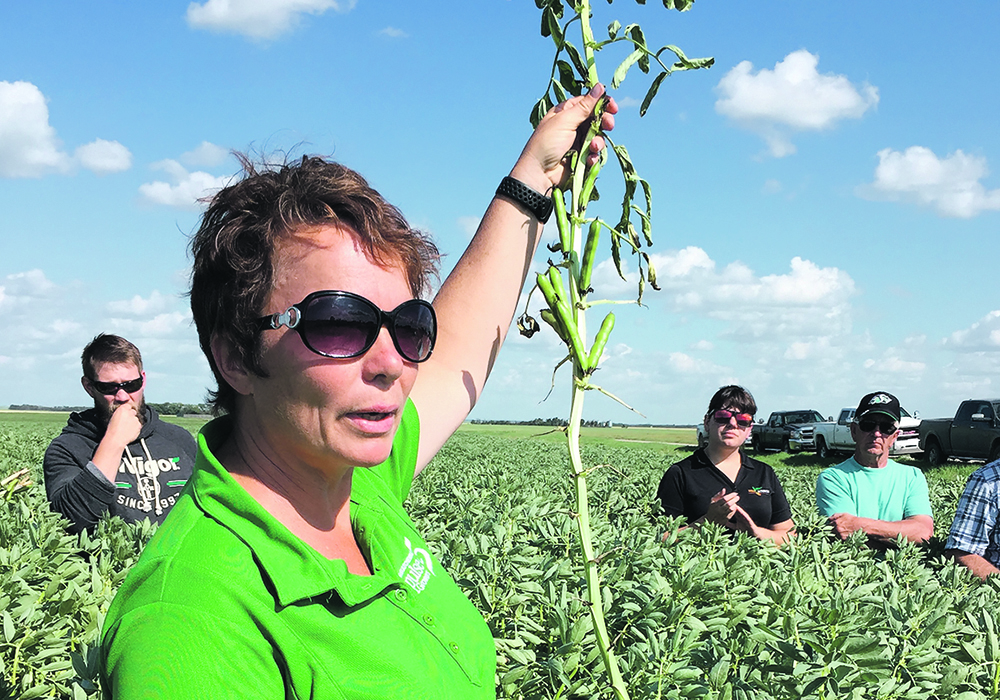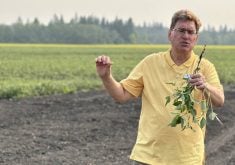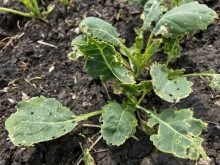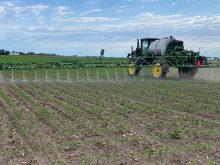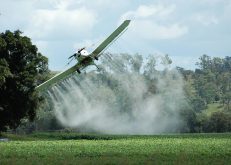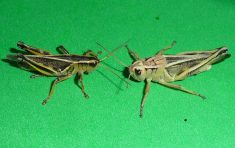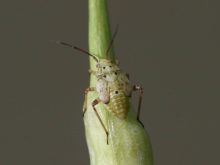You don’t even know they were in your crop until after they’ve had their free lunch and moved on over to your neighbour’s
Insects are always eager to decimate pulse crops. There’s a wide array of the destructive little bugs, and they go about doing their damage in a number of different ways.
Their timing, devious behavior and variety of modes of action make outbreaks difficult to predict with a high degree of accuracy, according to entomologists.
“And that’s precisely the trouble with insects. They’re really hard to predict,” says Sherrilyn Phelps, agronomy manager at Saskatchewan Pulse Growers.
“For example, pea aphids have continuously had hot pockets, depending on conditions each year. There’s new research starting now, looking at the thresholds for control at different times of the season and when they cause the most damage.”
Read Also

Using artificial intelligence in agriculture starts with the right data
Good data is critical as the agriculture sector increasingly adopts new AI technology to drive efficiency, sustainability and trust across all levels of the value chain.
Phelps emphasizes that this is new research, carried out by James Tansey, Saskatchewan insect management specialist.
“In faba beans, the lygus bugs are always somewhat of a problem, but were particularly bad in 2020. They move off canola and perennial forages and into the faba bean fields. It’s a problem because most faba beans are grown in areas with a lot of canola.”
Wireworms and cutworms are still a concern for some crops, but chickpeas and peas seem to recover from early wireworm damage if it isn’t too severe. Lentils are less likely to fully recover because they have a smaller stem and smaller root system. If a lentil field is at high risk, there are effective insecticides and seed treatments.
The Saskatchewan Pulse Growers website says that pea leaf weevils have been gradually moving north and east since they were first documented in 2007 in the southwestern corner of the province. They may become a future concern in field pea and fababean crops because larvae feed on the nodules of these crops.
Tansey said Saskatchewan Agriculture, along with a number of partner organizations, conducted pea leaf weevil surveys in 2019 and 2020, noting that populations remained low except for a few isolated spots in the south-central part of the province.
“We were coming up with goose eggs in just about every area of the province we checked. It appears there might be a connection between the real hard cold snaps and minimal snow cover we’ve been having the last few winters,” said Tansey.
“These eggs are not very cold tolerant, so you give them long periods of really cold temperatures with no snow and it seems to have a detrimental impact on the eggs. The modelling tells us this is a major factor. With the snow cover this year, we’ll see what survival is like. If the model is correct, then we should see an increase in pea leaf weevil activity in 2021.
“We’ve done the same kind of egg-survival modelling for some other major insects. I did the modelling for cabbage seed pod weevil on canola and mustard. They’re fairly cold sensitive as well. But they’re not getting knocked back as much as other eggs by the cold.”
Tansey said grasshopper damage is universal. The eggs are relatively tough, but they’re buried quite shallow in the soil. There’s strong evidence that they can be significantly knocked back by a hard cold snap. The relatively mild winter might be ideal for grasshoppers to bounce back in 2021.
“A real problem with any egg-laying insect is that digging around in the spring before seeding won’t give you any idea of the actual insect count. All the thresholds are based on adult populations, so they can’t be evaluated until late summer. For example, last year was setting up to be a bad one for clear-winged grasshoppers. Just for grasshoppers alone, we have five species that cause economic loss for pulse growers.
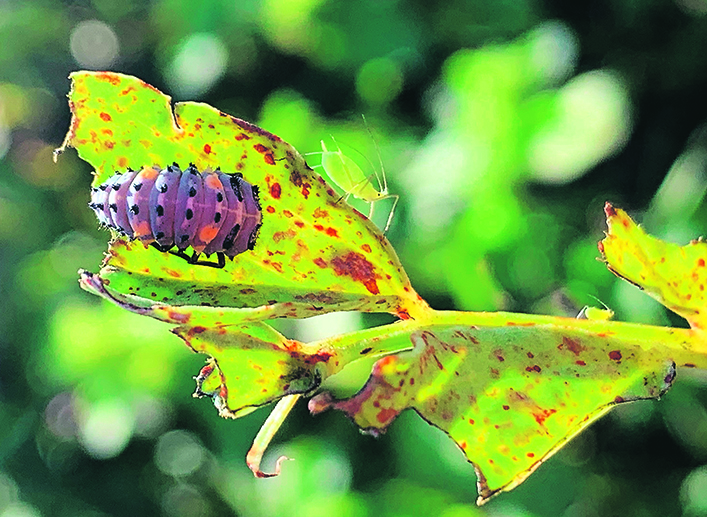
“Last summer, I checked some pastureland that had 100 grasshoppers per sq. metre. It was just dripping with grasshoppers. Then the weather turned very warm and humid and sticky. It was perfect conditions for a fungus called entomophthora. Species in this genus are parasitic on flies and other two-winged insects. The fungus just really hammered the clear-wing grasshopper population, but it had no impact on two-striped grasshopper.”
He said everything is so weather dependent with these animals. Some critters like it moist, some like it dry. But if it is warm, sticky and dry, that seems to contribute to this entomophthora fungus.
“All the grasshoppers are generalists. They eat anything. Clear-winged grasshoppers love cereals and grasses. I was standing in a lentil crop that was covered with clear-winged grasshoppers and there was no crop damage. But if you get two striped grasshoppers in a lentil crop, and they’ll cause a lot of damage.”

In all over-winter crop-eating insects, the eggs are buried in the soil. As a result, snow cover has a lot to do with winter survival of the eggs. This year, the protective snow cover arrived in October and temperatures haven’t been in the severe range, so there’s a chance winter survival will be on the insects’ side.
“But we’re still in mid-winter. Predicting egg survival right now is impossible. I would definitely not consider my snow cover right now in making my planting decisions. I’d look at snow cover in terms of moisture retention, but not in terms of egg survival.
“We do know we don’t have high insect levels coming off the 2020 growing season. The August period was hot and dry. There were a few areas with grasshoppers, a few pea aphids and a few lygus bugs. But for the most part we didn’t see a lot of insects going into the fall. In those areas that were really dry in the fall, the snow cover will give them a benefit.”


